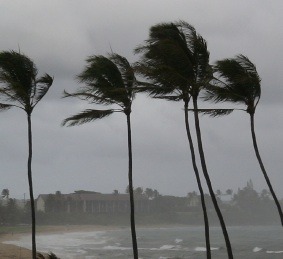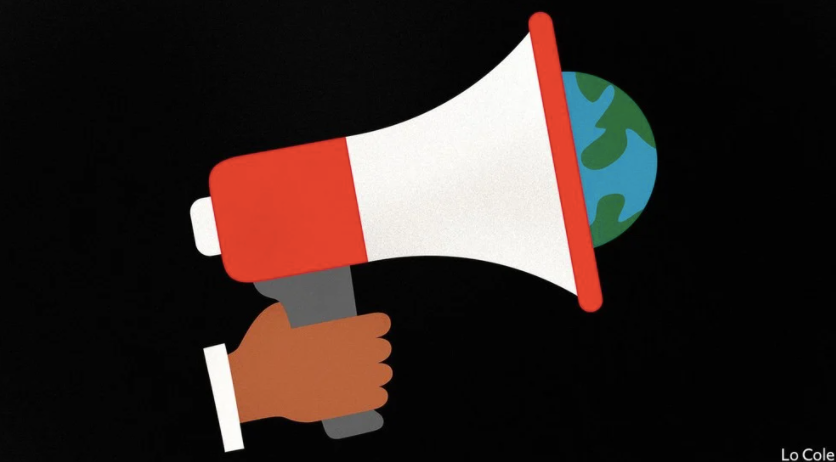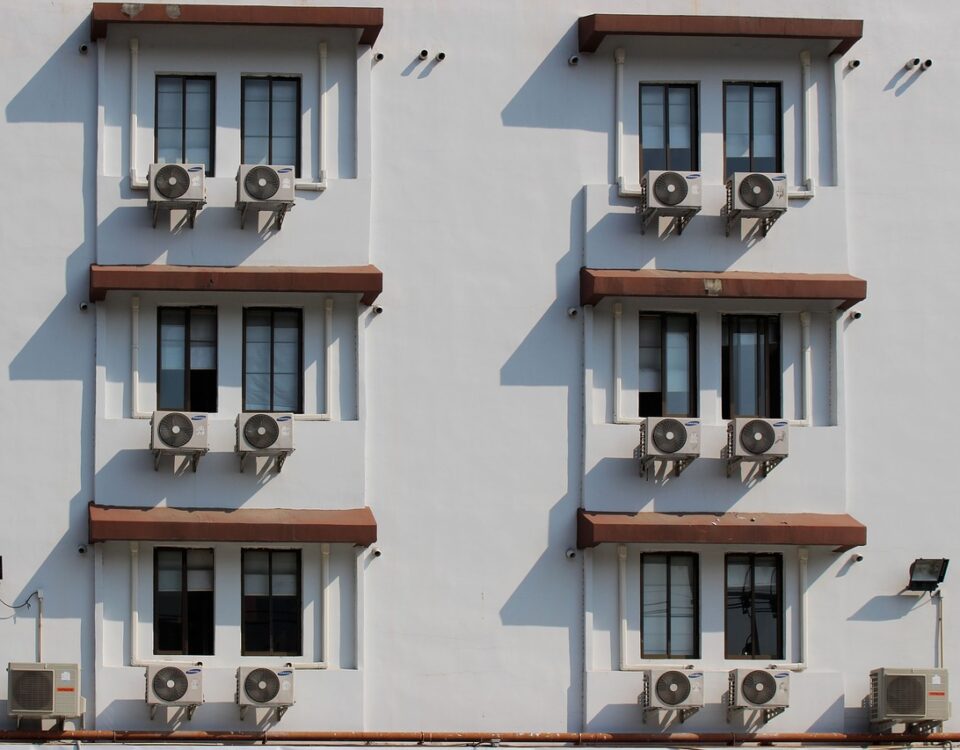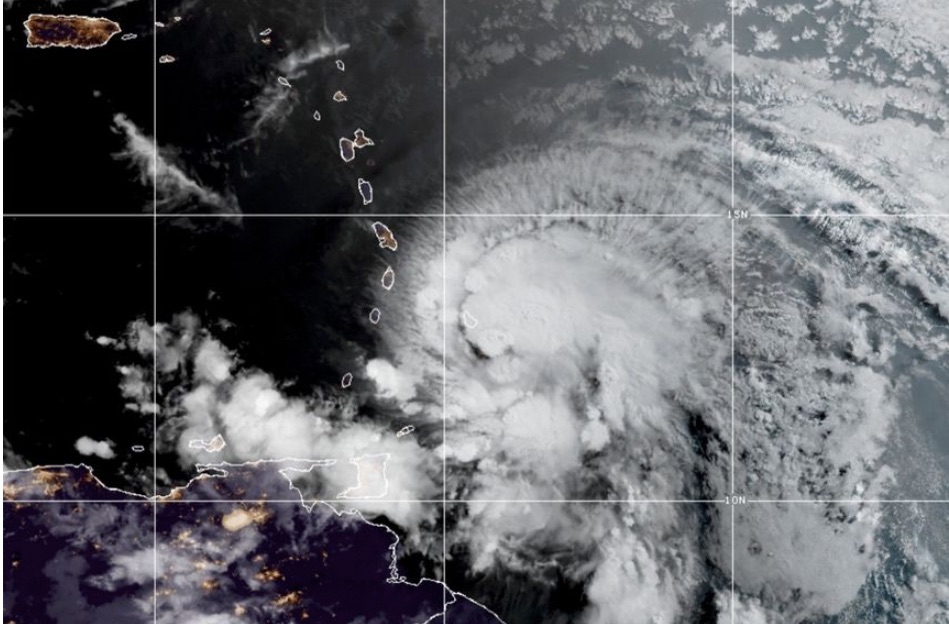
What Covid Teaches Us About a College Town
August 27, 2020
August 2020 Friday’s e-links: From Two Podcasts and a Book to a Census Visual
August 28, 2020In a recent paper, an economic team studied the macroeconomic impact of costly disasters. Their goal was to project how Covid-19 will affect us so we can plan an appropriate response.
Let’s take a look.
Costly Disasters
We can look at past costly disasters in terms of dollars and death.
NOAA tells us that there have been 258 costly natural disasters between January 1980 and April, 2020. Ranging from hurricanes and flooding to earthquakes and droughts, their money cost, mostly based on insurance data, varied considerably. To calculate the Covid-19 dollar cost, researchers used the stimulus relief packages.
You can see that Katrina was the most expensive past disaster:
Meanwhile the cost in lives did not entirely parallel the rise and fall of the dollar cost:
Then, slicing macroeconomic impact into four topics, they looked at industrial production, services employment, insurance claims, and flight departures.
The peak loss in industrial production and in unemployment happen relatively soon:
Also for initial insurance claims and flight departures, recovery starts within months of the decline:
Covid
In spread and duration, Covid-19 is different. Other costly disasters were local. No disaster during the past 30 years has struck more than one of the five largest states in the U.S. while through travel restrictions, Covid-19 has touched 91 percent of the world’s population. Also different from Covid-19, the length of most of NOAA’s 258 costly natural disasters averaged a month whereas this pandemic has been “multi-period.”
The impact of Covid-19 will also be different. Compared to past disasters, even if it lasted for five months, it would have had more devastating and longer lasting results. Diminished industrial production, unemployment, and macroeconomic uncertainty would have hit peaks not seen in four decades. Consequently, this pandemic will likely have “…cataclysmic health, social, and economic implications not just for the foreseeable few weeks after the crisis, but for a long time period.”
Our Bottom Line: The Broken Window Fallacy
Defined as the next best alternative, the opportunity cost of a decision is what you did not do. Before, during, and after natural disasters, land, labor and capital are mobilized to fight the calamity. As a result, they are used to rebuild what had previously existed. The emphasis is replacement rather than the opportunity cost, progress. The replacement construction could indeed be much better than what had existed. But it is still replacement.
In “What is Seen, and What is Not Seen,” economist Frédéric Bastiat (1801-1850) reminds us of what we are not doing as we recover from a calamity. When a window is broken, the glazier gets employment and the GDP rises. However, we just wind up with the window we had once had.
So yes, Covid-19 will be different because it will last much longer and affect a vast proportion of the world. But, like other disasters, it will have constrained production. And, like other recoveries, we will replace what would have been.
My sources and more: The paper on which most of our discussion is based was written by scholars from NYU, Columbia University, and the Federal Reserve. Other older possibilities on disasters include this paper, a past econlife (from which we have quoted), and a 2018 analysis from the St.Louis Fed.
![econlifelogotrademarkedwebsitelogo[1]](/wp-content/uploads/2024/05/econlifelogotrademarkedwebsitelogo1.png#100878)








